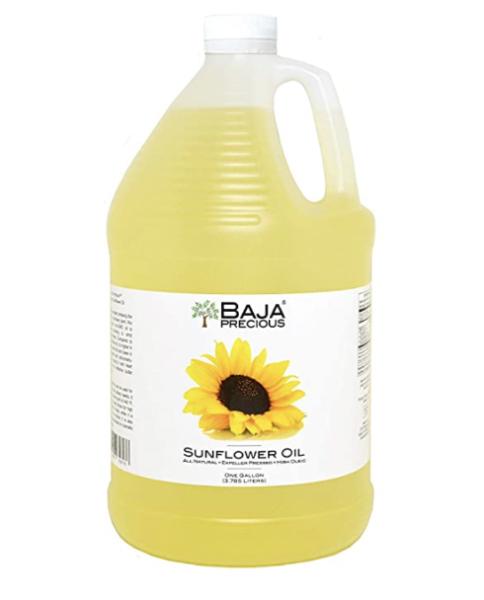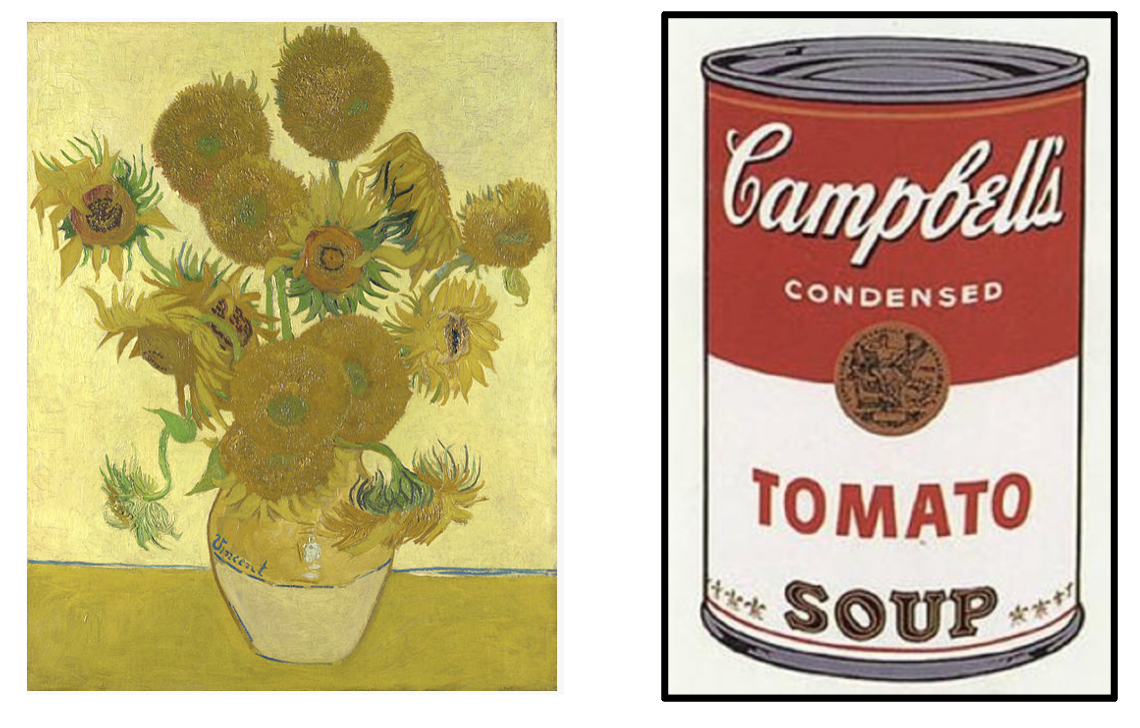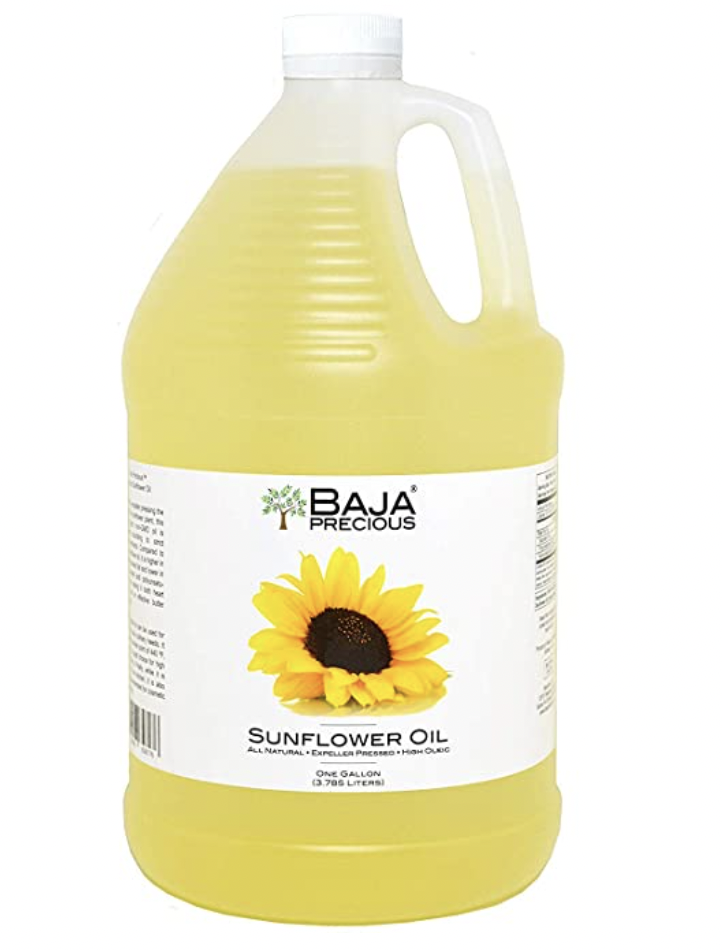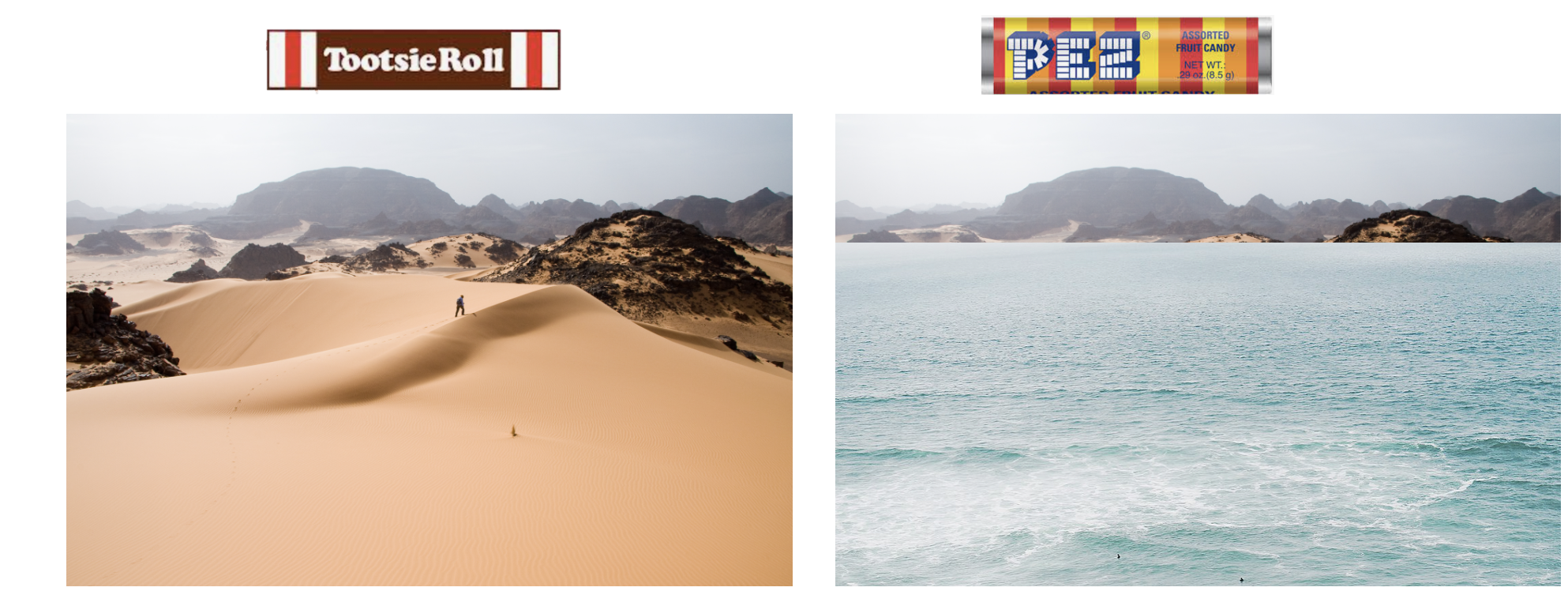
First, let's make it clear that the climate protestors, some of whom looked like they had actually reached puberty, who recently threw tomato soup (here's the video) on Vincent van Gogh's Sunflowers (1), displayed an appalling ignorance of art history, not to mention a woeful sense of irony. Guys? Hello? You picked the wrong artist and the wrong target. If you're gonna vandalize a famous piece of art, shouldn't accuracy count for something?

Choose your art carefully. (Left) Van Gogh's Sunflowers (1888). (Right) Andy Warhol's Campbell's Soup I (1968). Images: Wikipedia
I maintain that the vandals protestors, a group called Just Stop Oil, simply picked the wrong foodstuff, missing a once-in-a-lifetime opportunity: Could there possibly be a better way for an anti-oil group to try to ruin an oil painting called Sunflowers than pouring sunflower oil on it? (Note the exquisite use of polysemy here.)

Sunflower oil: More accurate nutritional vandalism is essential
Just Stop Oil wasn't done with their caloric assault. The next day, they joined another group (pubescence status unknown) called Animal Rebellion (banner: “Plant Based Future”) and proceeded to pour milk on the floor of several supermarkets in London, including Whole Foods!
Why? Isn't Whole Foods already trying to save the planet by selling a bunch of overpriced organic and non-GMO stuff (2)? Does "Animal Rebellion" have a beef with Whole Foods? Or perhaps this is simply a turf battle for market share in the planet-saving industry and the new group was simply making their mooove.

If all this sounds a little silly, then read my colleague Cameron English's scathing "Halloween Candy Won't Destroy (Or Save) The Environment," where he ridicules The Washington Post article "How you can make more socially conscious Halloween candy choices?" which (with a straight face) suggested that certain treats might have a greater impact on the health of the planet than others.
I suppose it's possible.

Candy has consequences. Images: Wikipedia, Wikimedia Commons
NOTES
(1) The painting, which was displayed at London’s National Gallery, was protected by a glass screen and not harmed.
(2) Cameron English has long argued that cultivating GM crops yields many environmental and human health benefits. See: Drought-Tolerant Crops: A Success Story The Non-GMO Project Hates



